The way of wild water
Unearths skeletal
Burrowing roots
Grappling earth
For deep life.
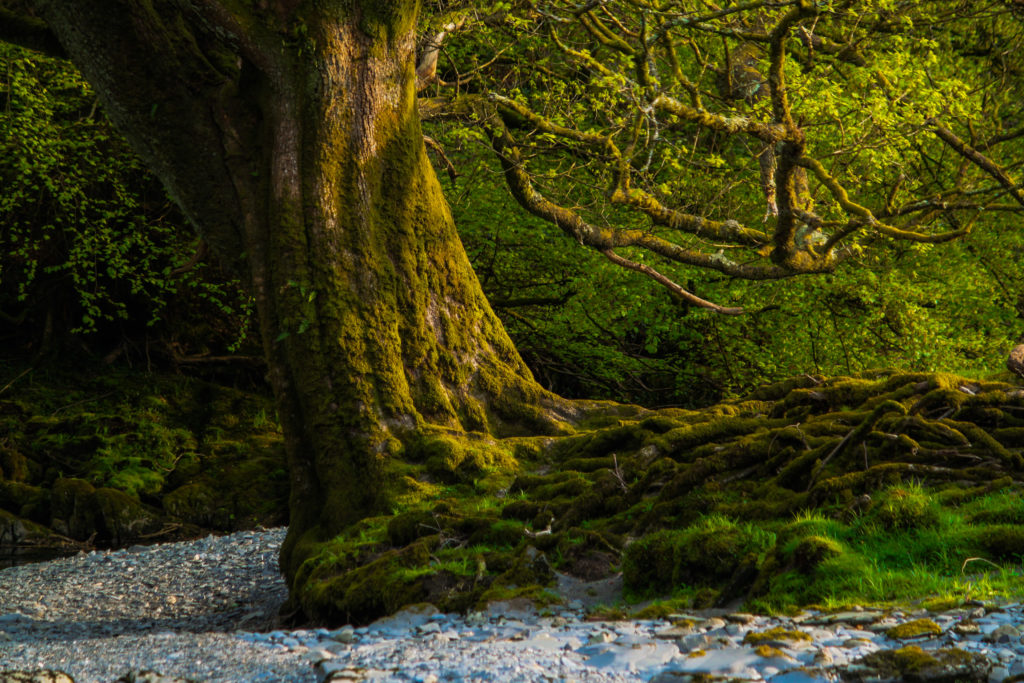
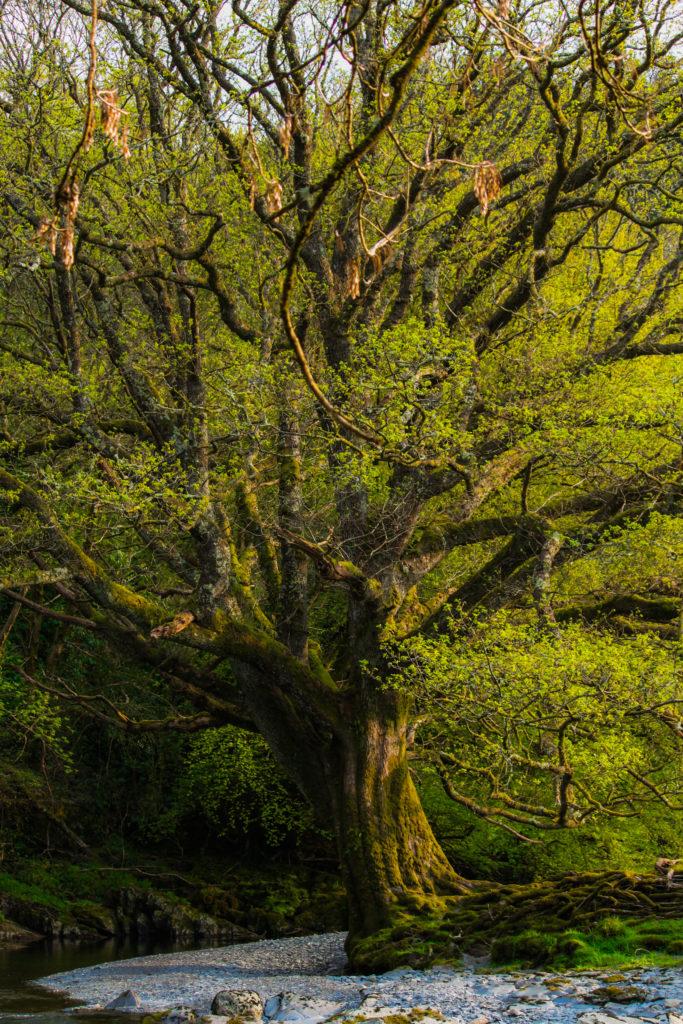
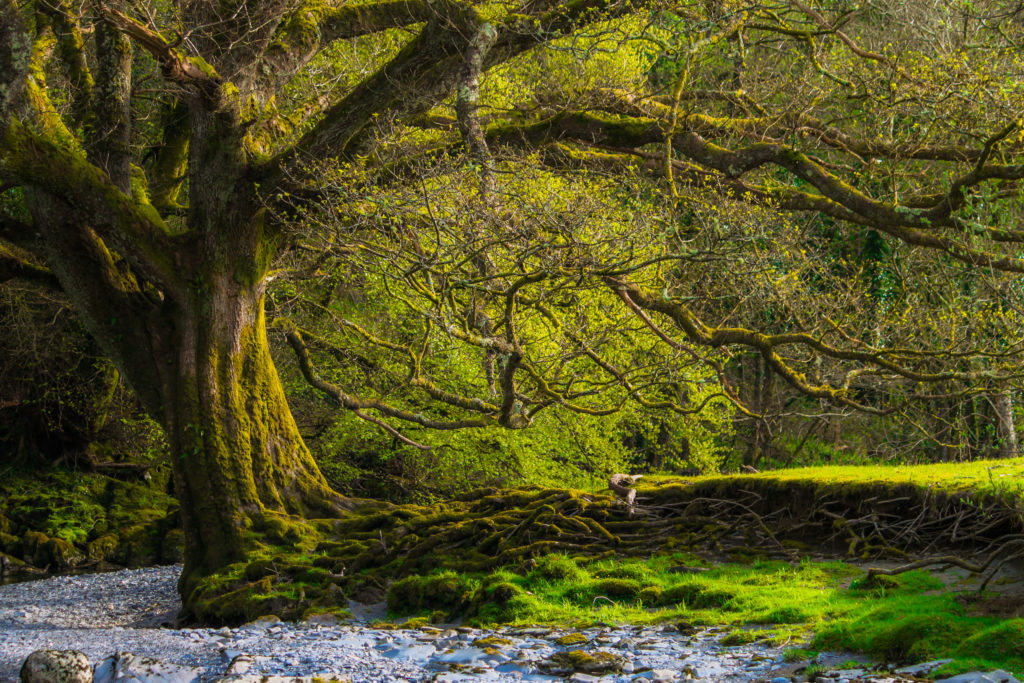
The way of wild water
Unearths skeletal
Burrowing roots
Grappling earth
For deep life.



I discovered Charles de Lint books when I really needed to.
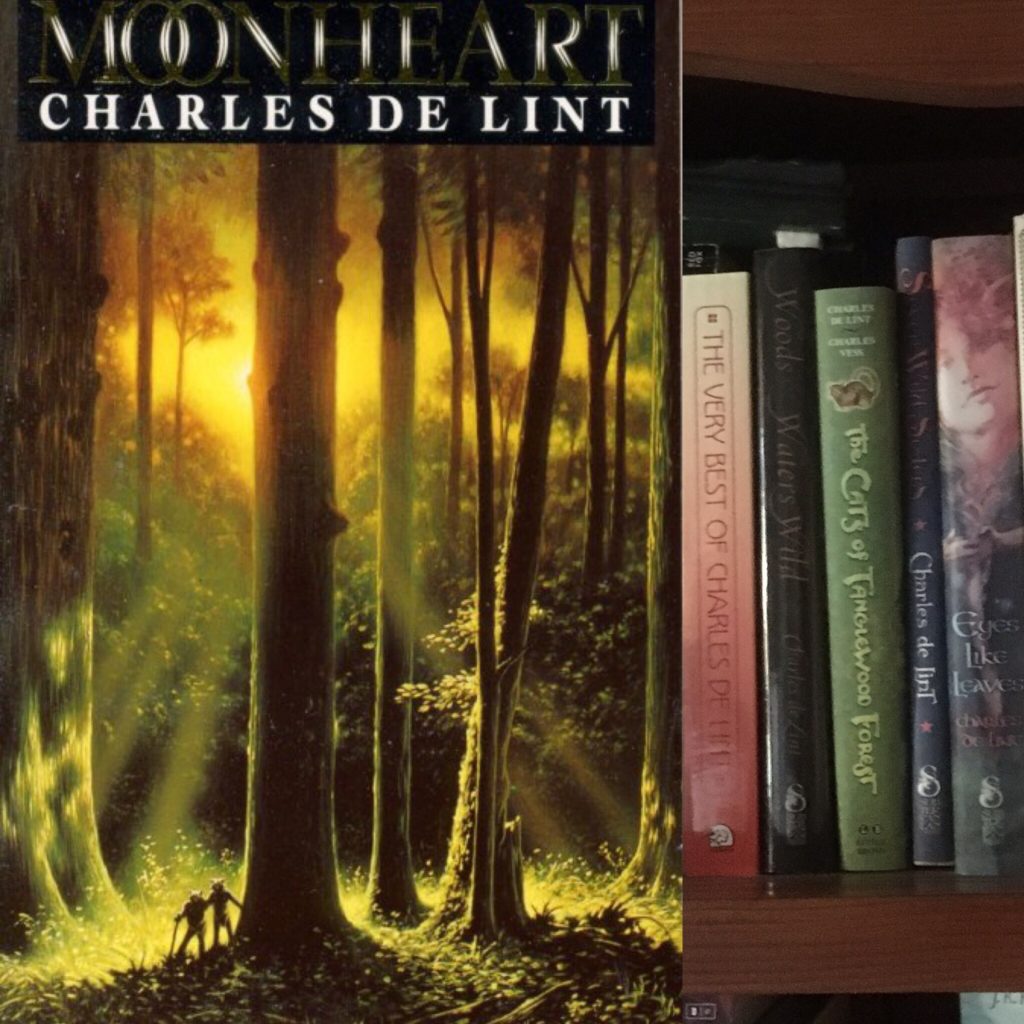
Struggling financially to afford textbooks, living at home and travelling into the city each day to study books felt like a fanciful luxury. An income would have been preferable to help our household. I needed work to stay in uni, at a time when part-time jobs were hard to find in Adelaide.
I had always dreamed of working in a bookshop. I could be brave in writing, so I wrote to all the bookshops in the city and told them how much I wanted to work there. I received lots of rejections.
However, for one shop, the timing had been perfect. I met the bookshop owner and soon had my own set of keys to the shop in my first job! It was an hour on the bus which gave me plenty of time to read two novels a week. I had taken on an extra literature subject at uni so that I could study more genres.
Every minute of the day was about books!
The book shop I worked in itself wasn’t fancy. It had
The shop also had a few small shelves of full price novels.
It was at those shelves, in my first week there that Moonheart written in 1984 by Charles de Lint cast its spell. It fell onto the floor at my feet. Whilst this wasn’t unusual with our packed shelves, I still get an odd feeling when I think about that moment. As if this book actually wanted to be read. The cover art by David Bergen was undeniably part of the enchantment.
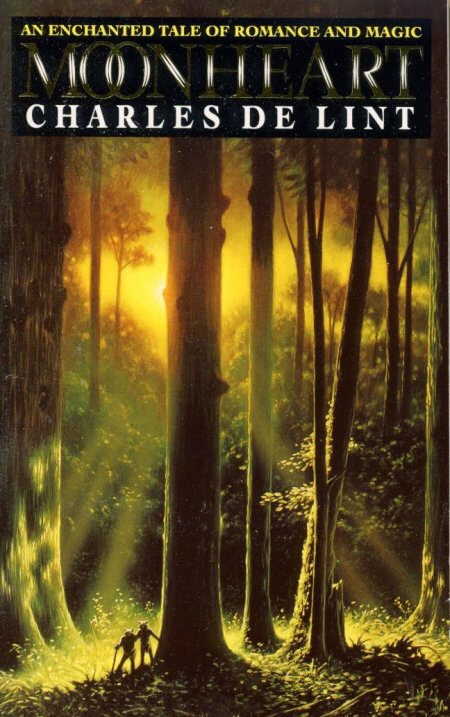
The funny thing about finding Charles de Lint was that in 1998, Charles de Lint was impossible to find in Adelaide in other bookshops. I know because I tried. We stocked them even though our fantasy section was incredibly small.
I was allowed to read a little in the shop, if it was quiet. I think we sold more Charles de Lint books by having them noticed on the counter. The magic of those David Bergen covers. As I had so much other reading to do for my studies, this is how I read de Lint. In snatches of time, in the in-between places. Late night buses home.
It may have been the cover that grabbed me, but it was Charles de Lint’s writing that owned me.
After that one book, Charles de Lint catapulted to be being my favourite author. I read Greenmantle, SpiritWalk, The Little Country, everything, until we ran out of de Lint paperbacks. De Lint stories taught me something that changed the way I looked at the world. I found a way to celebrate always feeling like a misfit at a time when I was in a place where I felt that I didn’t really belong.
Charles de Lint’s urban fantasy stories are rich with relatable folk musicians, bikers, creative thinkers, fringe dwellers, down to earth and relatable female characters and wild gods that walk in urban neighbourhoods. They are true-hearted everyday dreamers and artists. Urban places in countries far away are linked to the magical mythologies of others. In Moonheart, that began with modern downtown Ottawa to the wild mythology of Wales.
Charles de Lint also included references to celtic folk music, a love that spawned in my 20s. Characters tapped their toes to real bands like Silly Wizard in the text. In the Author’s notes he cited other musical influences the book was written along to.
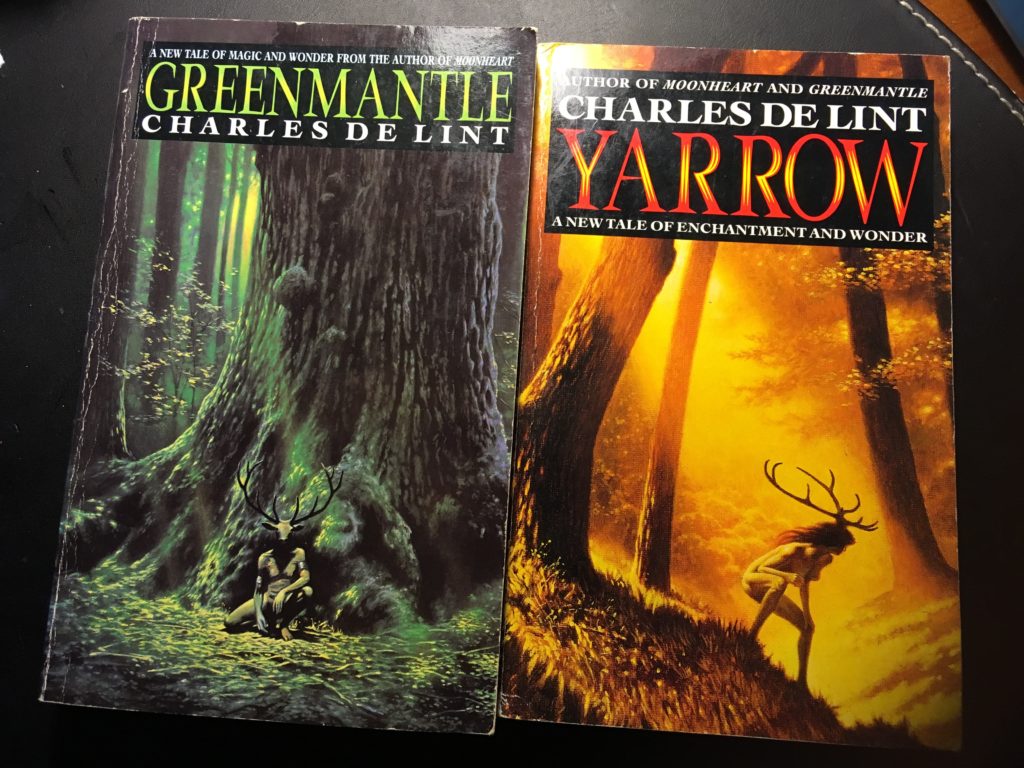
Those stories helped me see the magic in everyday little things, wherever I was. They also helped me overcome my shyness. At the time, I learned to value the interesting wanderers who would come into the shop on Sunday afternoons especially. Those who wanted small talk with their books.
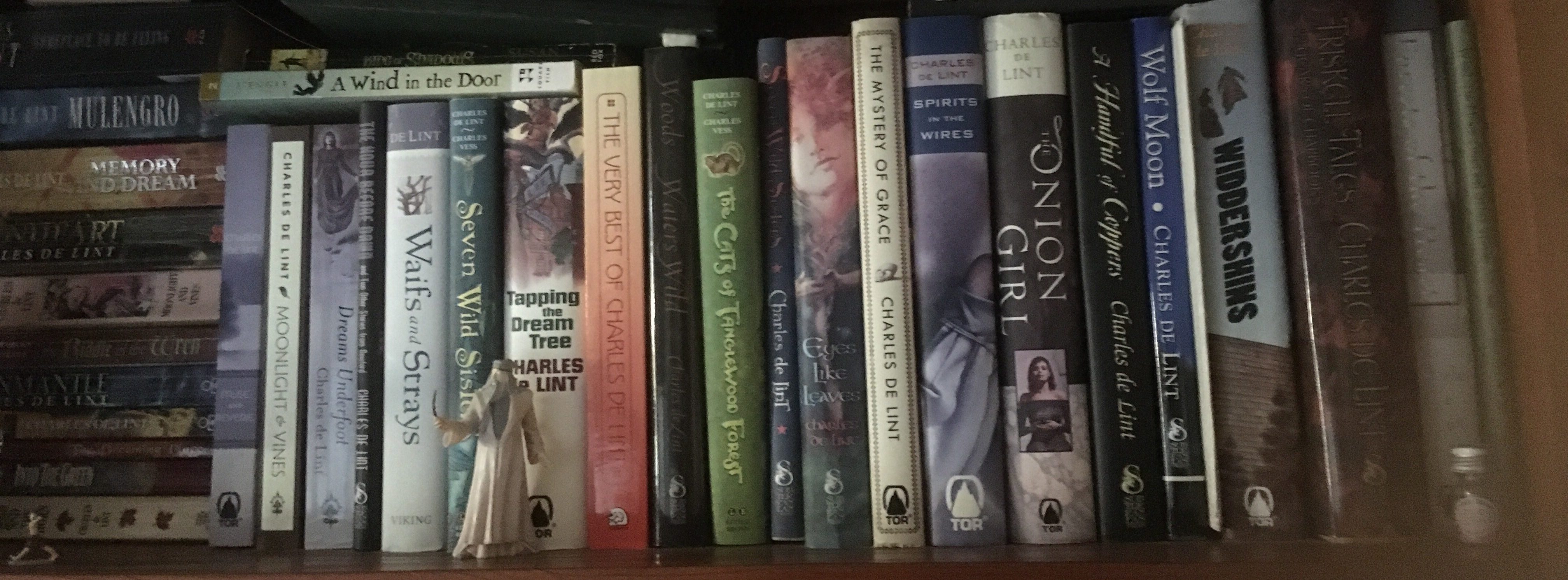
A series of Charles de Lint books is known as The Newford series. They are all set in a fictional version of Ottawa which straddles the Otherworld, with characters that return throughout the series.
Newford, although fictional became part of my inner cache of imaginary geography. Tamson House, an immense artist share-house with three towers and a “sense of Gothic” still feels like a real place years after reading these books. I would love to wander in the four acre wild garden in the middle, filled with fruit trees, ivy, birch and oak trees and vegetable beds accessed by cobblestone paths.
I’m wasn’t alone in my enchantment with Tamson House. 1998 was the dawn of the graphical web. I found other fans running a mailing list based on the fictional house in the books, Tamson House mailing list (viewable but most hyperlinks are dead)
Someone has now even mapped the theoretical location of Tamson House in Google Maps.
De Lint taught me that hectic urban everyday
Ouch, that’s a lot of time. In 1998 you couldn’t just order books online easily. I couldn’t find them in my local library either, so it would be a few years before I moved to the UK and had enough disposable income to continue to explore Charle de Lint’s incredible output.
Now I have a modest shelf of Charles de Lint books, including some special editions I have bought over the years. How I see the world is still influenced every day by these stories that showed me the wonder and wild of everyday magic. A reminder that there is always some way of belonging exactly where you are.
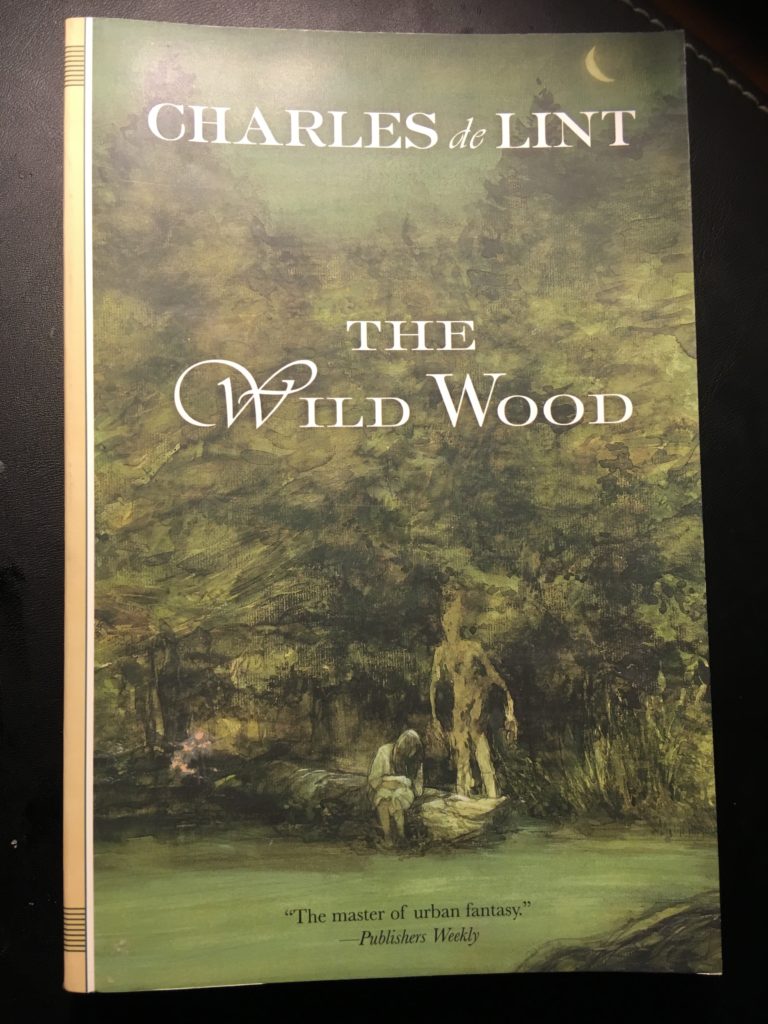
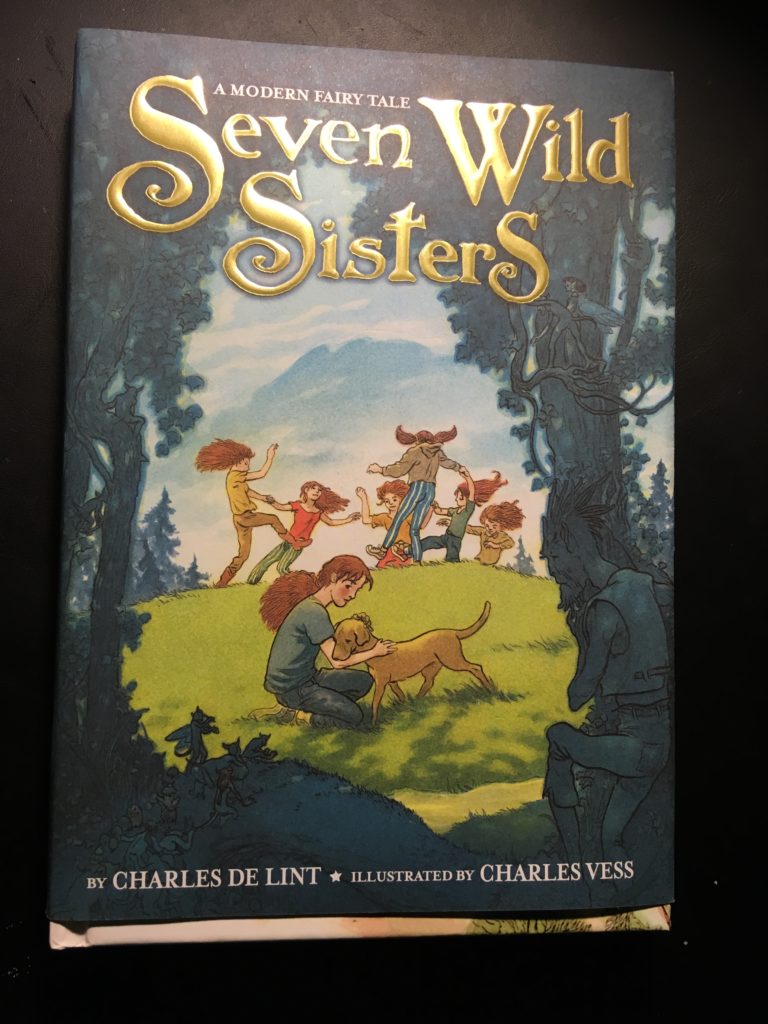
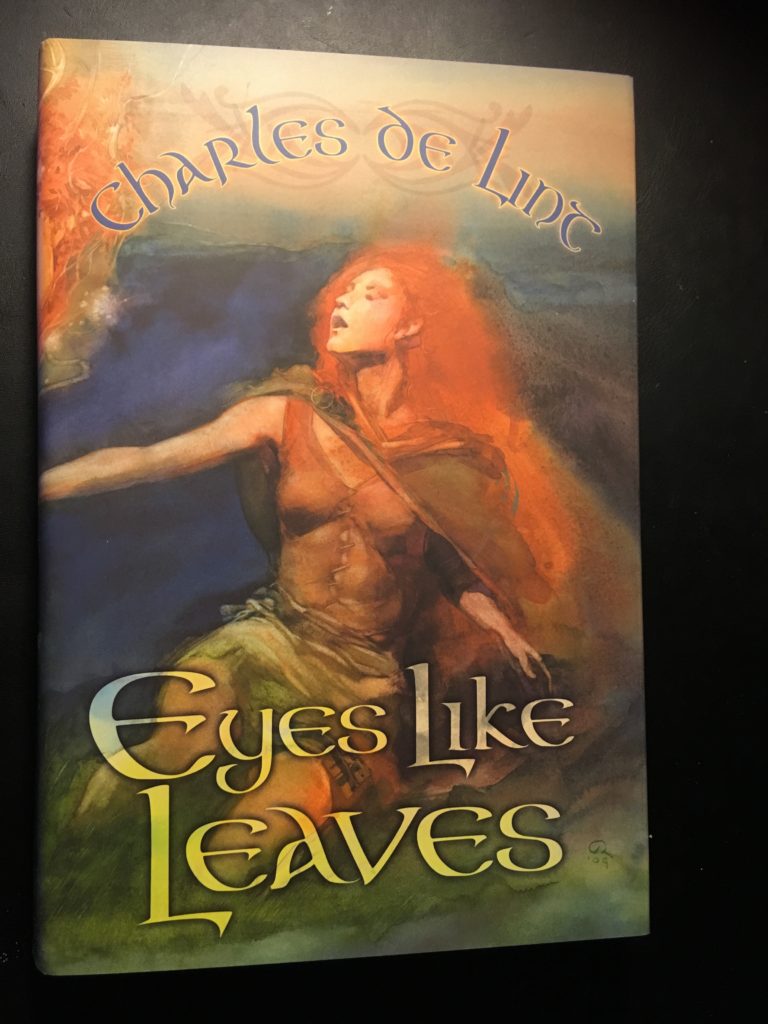
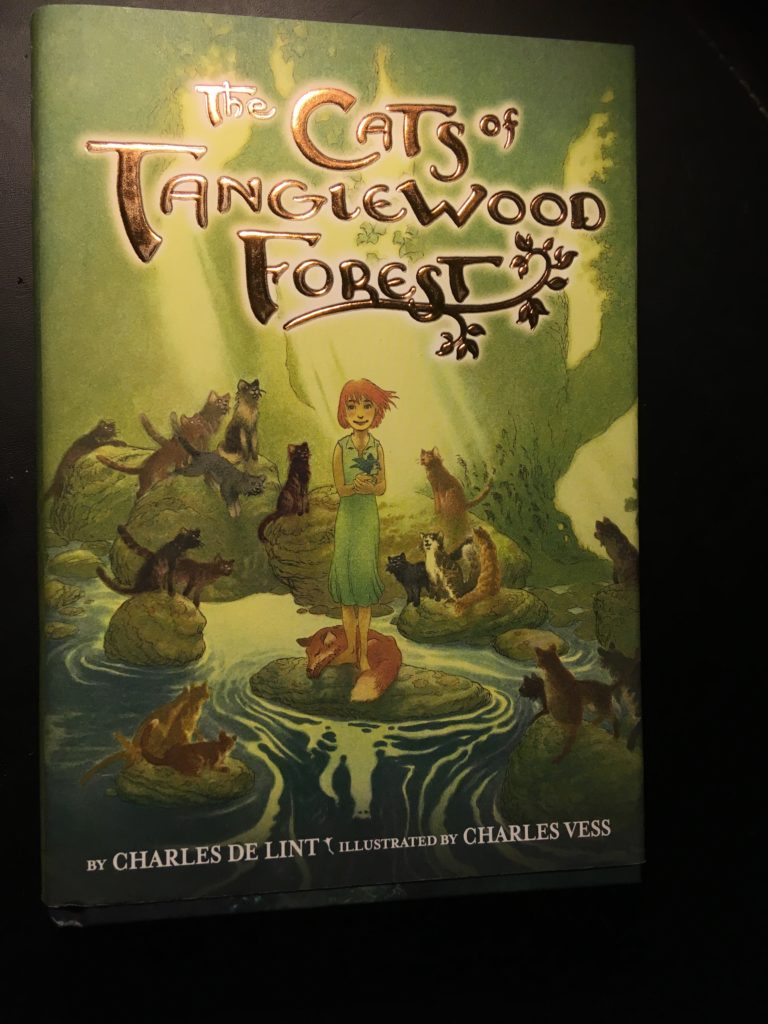
Charles de Lint has given readers decades of stories that have a power far beyond what he might have ever intended to send out into the world. They reached a young girl, living in a council house with her mum and brother and stepfather in the suburban outskirts of a city in Australia. They made the feeling of being an outsider, that feeling of being from the wrong side of the tracks, something to be proud of. I learned to tap deeply into those dream trees growing all around me. I understood how to grow other people through writing.
If I ever met Charles de Lint, I would try feebly to say how lucky I am that those stories came to me in my 20s. I would not be a wisp of the person I am today, without them.
Find out more about Charles de Lint’s magical writing at charlesdelint.com
I will not treat your dusty path and flat,
denoting this and that by this and that,
your world immutable wherein no part
the little maker has with maker’s art.
I bow not yet before the Iron Crown,
nor cast my own small golden sceptre down.Tolkien – Mythopoeia
I can remember the first time I discovered my favourite word, over twenty years ago.
I had never heard of it before. It was like a spell and a word that I have revisited in wonder, trying to understand it.
mythopoeia
I didn’t discover this word in a place that made me feel connected to something else.
It wasn’t when I was standing in the ancient forest of Broceliande.
Or The Old Library in Trinity College.
Or when a gilt title of a book glinted out of the corner of my eye in a bookshop in Edinburgh’s Old Town.
Or among the stones of the Ring of Brodgar on the Orkneys .
Or in a thunderstorm at the tomb of Newgrange in Ireland.
Or when a dragonfly landed on my hand, when I had just asked it to.
Or the moment in the Lauterbrunnen Valley in Switzerland when I realised I had come to in Rivendell-on-earth.
Not even in the dawn, as the sun rose on the raw red rock face of the rugged outback landscape that I was born surrounded by.
No. It was in an unexordinary discount city-centre bookshop in the city of Adelaide, rummaging through the sale bin.
There, I found a book. Just one copy. In 1998.
A word jumped out at me
mythopoeia
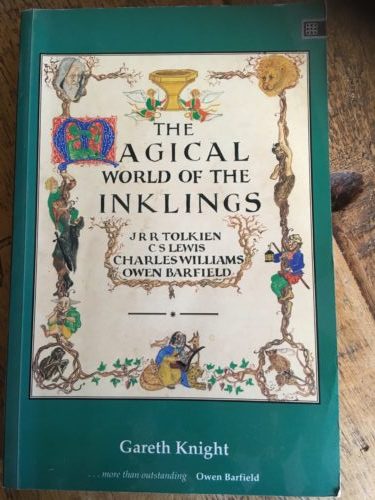 The book was The Magical World of the Inklings by Gareth Knight, about J RR Tolkien, C S Lewis, Charles Williams and Owen Barfield written in 1990.
The book was The Magical World of the Inklings by Gareth Knight, about J RR Tolkien, C S Lewis, Charles Williams and Owen Barfield written in 1990.
The preface is titled On Mythopoeia and Magic.
Mythopoeia as I first understood it, standing in that bookshop, is a word that Gareth Knight equates to the word magical in the introduction.
Writers who were “capable of creating a ‘magical world’…a way of evoking the creative imagination of the reader to participate through story and landscape and characters in a deeper level of truth or reality.” (p.4 Gareth Knight)
This treasured book helped me understand the deep power of storytelling, the power of language and how some writers quest to create a sense of myth and legend in imagined worlds.
It is a word on the tip of my tongue in every landscape that moves me as I grapple to find words for what feeling is. It is the love and the longing to explore literary landscapes.
In more recent years, the word mythopoeia has been conjured through reading mythologist and storyteller Martin Shaw’s books, particularly Scatterlings (which I will one day write an entire post about!)
For the last 20 years I’ve been taking people out into the wild places, the few remaining wild places in Britain. And also that to a certain curiosity into where does wildness still reside in language itself? Could there be places witin stanzas, within stories, within poems where old gods still reside? And so quite naturally I’ve been brought back into story as a way of articulating wild information. Information from the ages.
Martin Shaw – Storytelling from the edge
I still don’t understand what I mean when I say mythopoeia, or try to describe it. I do know what it feels like.
“It was then, without warning, that the fear came.”
Susan Cooper, The Dark is Rising
Oh! The beautiful opening chapter of The Dark is Rising by Susan Cooper, which I’m reading in a massive worldwide book group on Twitter, has brought back all my inexplicable moments of nature fear – or just The Fear, as Will experiences.
Have you felt, The Fear?
Those times when you find yourself alone in nature and for some reason, your sense of awe and comfort switches immediately to a feeling of pagan animism about everything around you. As if you are so very trembling and small in the scheme of tall tree things.
Being alone in nature is something I am quite comfortable with, and actually sometimes really crave now that it’s virtually impossible to have. I did have some pre-dawn walks for a hour or so earlier this year when we were camping in the remote Flinders Rangers. My husband were still asleep in the tent and I went out by torchlight. There was a slightly similar experience to the one I’m about to tell. Perhaps because I had my dog with me, or because it was morning, or even because I grew up around this wild land, I felt awe, but not fear at the strange undersound I heard as I got closer to the hills.

There have been a handful of times when THE FEAR has involved not a wild place, but a known place, like it was for Will.
THe last time I felt it, I was feeling comfortable. It was July 2015 and I was outside our rural holiday cottage in Cornwall. A house full of my children and nephews, in-laws and husband asleep. I was outside at midnight with my astrobinoculars and camera taking night sky pictures.

Maybe it was because I was marvelling at the novelty of seeing the emerging waxing moon traversing the sky backwards and in reverse around in the northern hemisphere after so long in the southern hemisphere (link explains this if you’ve never realised that there are differences). So, things had been changing in a different way.


Anyway, for some reason, being out there in the dark, even after a long night of Summer light, turned, er, well, frightening.
It began with a sound from the fields. The gardens were surrounded by tall hedges, puncutated by one small archway cut out with a gate, with fields beyond. The sound had a hint of human cough or maybe throat clearing, but un-animal enough to confuse my senses. It wasn’t a growl, and I’d lived rurally so it wasn’t a cow or sheep or fox sound. Or bird sound. It was just, unidentifiable. Odd. Weird.
Instinctively, in that moment, when my brain could have rationalised, it didn’t. The day spent exploring ancient nooks and crannies of Cornwall took over, and I, the I that might laugh at my reaction, was gone. THE FEAR had me.
That sound, had set my heart thumping in a rhythm for running. And I wanted to run. I just left my bincolulars and camera on the tripod and ran across the lawns to the sliding door and clambered in to the dark of house and the comfort of the lounge. After a few moments, I realised I had left all my gear outside. As I tried to slide open the door go back to get it, I tried to let the ridiculousness take over. It wouldn’t.
I forced myself, swearing in whispers, to go back out and fumble to detach the heavy binoculars, fold down the tripod and pack away my camera in what seemed like an eternity spent in the now thick ominous darkness. It was somehow, one of the most bravest acts against myself.
And that, is The Fear. I’ve felt it only a handful of times.
If you have ever felt it, you will understand.
Just as Susan Cooper must have understood, when she wrote it for Will to experience.
Have you known, The Fear? I would love to hear your tales.
#TheDarkIsReading & THE FEAR conjurs up this night. Family & UK in-laws asleep in holiday cottage. I was outside for night sky pics. Heard an odd sound from darkness in the quiet night. Terror took over, clambered into the house, heart thumping. https://t.co/u9FOXBrXBF
— Angela Brown (@angela_brown) December 20, 2017
Starting 20th December – worldwide reading of The Dark is Rising by Susan Cooper
What could be more magical than reading (or re-reading as it is for me) one of the most imaginative and wonderful Arthurian children’s/YA novels ever written, starting when the book does, on Midwinter Eve? (Midsummer Eve for us in the southern hemisphere!)
Well, how about reading it with a fellowship of other readers, just strangers bound together within the world of limited characters (Twitter) in a shared quest to wrangle and snatch moments in time to read together in the mad days of Yule?
If you have never read Susan Cooper’s The Dark is Rising, maybe it’s time. Published before I was born in 1973, I feel like I grew up with it, even though I was in my 20s before reading it. I only discovered it after studying Medieval English Literature and seeking out modern Arthurian stories.
If you have an imagination stirred by Arthurian tales, Celtic or Norse mythology, magic, standing stones, quests, good and evil, it’s time to read this.
Will Stanton, our 11 year old warrior awaits.
“You are the seventh son of a seventh son, Will Stanton. You step through time. One by one, the Signs will call to you. You will gather them and gain the power of the Light. You are the Sign-Seeker.”
More details about how to participate in the reading group in the post below from Julia Bird.
Hello to new visitors in search of #thedarkisreading, an unexpected Christmas delight. Read on! ******* ‘This night will be bad, and tomorrow will be beyond imagining…’ tweeted @RobGMacfarlane, posting a photo of a gift copy of Susan Cooper’s classic children’s novel The Dark Is Rising (1973). ‘A wonder!’ I replied ‘I reread it every Christmas too […]
via #TheDarkisReading: A Midwinter Reading Group — Julia Bird
In the breath-held beauty of night, every leaf seems paused as if painted in still life, branches striking shapes, shadow-shifting in the moonlit corners of my sight. Crickets sing a rhythmic chorus under the waxing glow of gibbous moon, inciting beetle feet to tread their forests of towering grass blades. The dance of Diplopoda feet, heard burrowing through to damp soil, microcosmic tramping that loosens pathways, unthreading mycorrhizal threads, triggering fungi to fruit. The luminous moon conjures magpies into a midnight warbling, their tree-to-tree dream song the perfect soundtrack of the Universe. I lift my head and eyes to dive up into the starred abyss of the dark-sea spaces in The Milky Way above. Scrambling for words enough to surface from deep wonder, with everything above and below and around and within connected.
The tree heard
The acorn’s words
A sleep-talking sigh
Of touching blue sky.
“Impossible” said the tree
“Just too small!
So forget it all!”

River rewilding
Riffles, rough edges
Human lines softened
Safe margins
Beckon long-lost faces
Dipping, building, thriving.
By the hearth
A smile creases your face
In leylines of kindness
In flickering firelight
Whorls of woodsmoke
Smouldering eyes
Your warm heart.
Unearthed,
Gouging rocks on well-worn paths.
Discovering geodes
Chambered deep.
